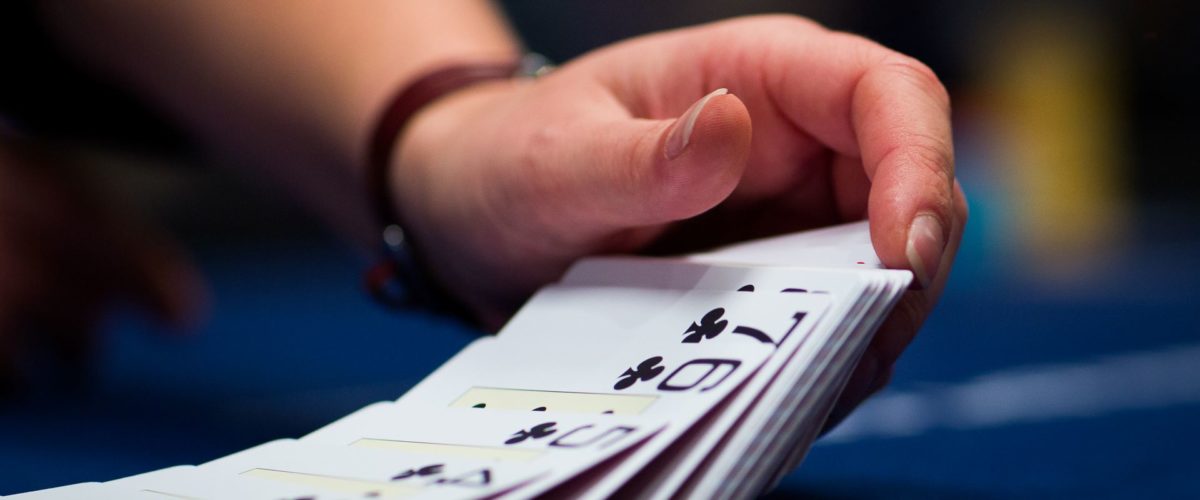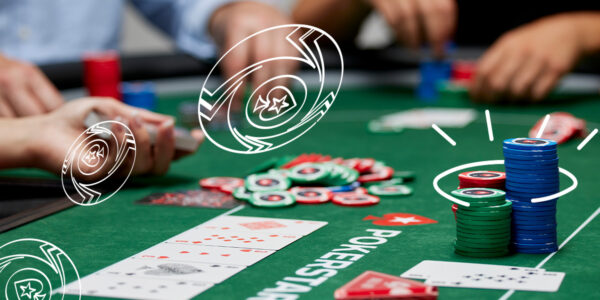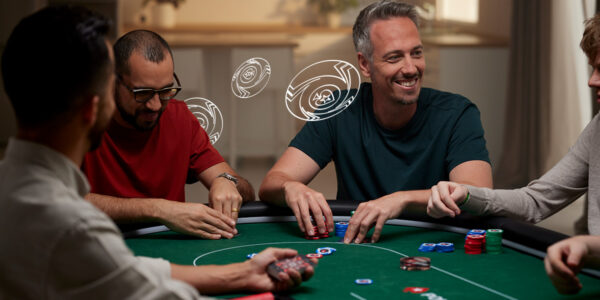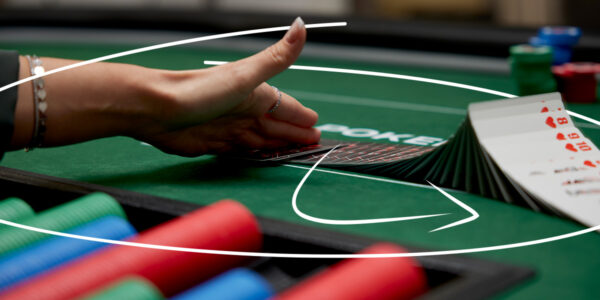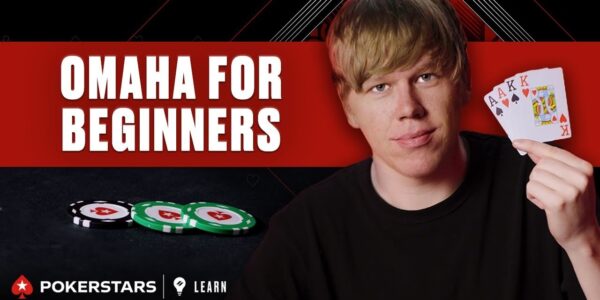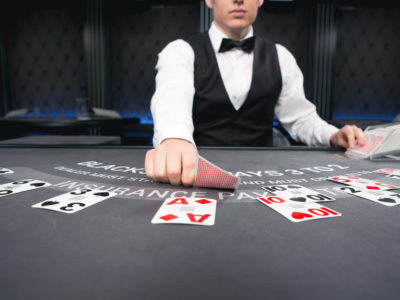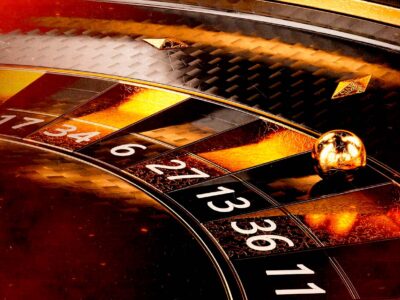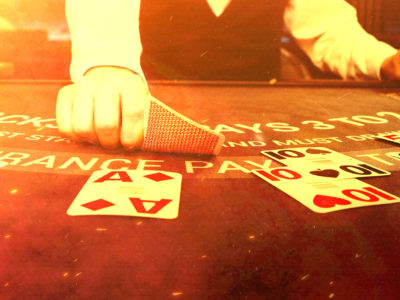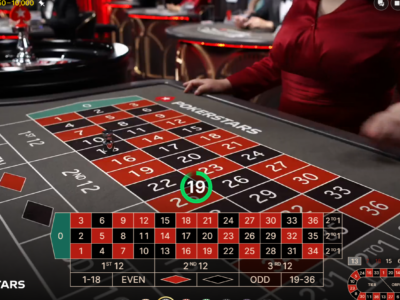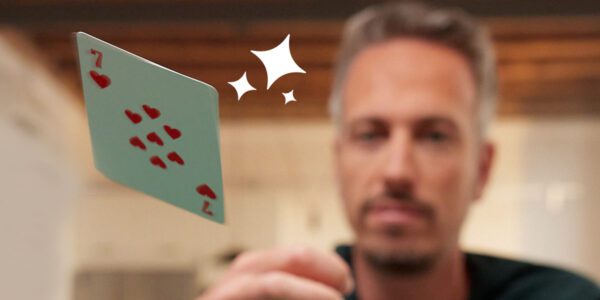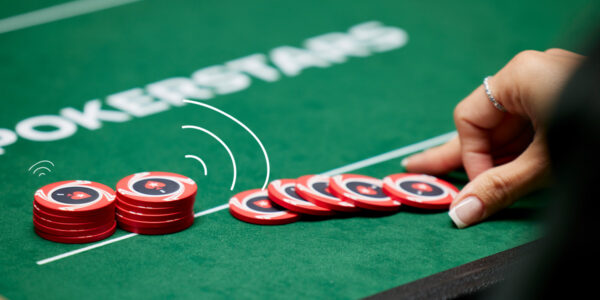Common Poker Theorems
The dictionary defines a theorem as “A general proposition not self-evident, but proved by a chain of reasoning. A truth established by means of accepted truths.”
Over the years several poker theorems have been proposed by strong players and students of the game. They may have been all true at the time of their formation, but as the game of poker is ever-evolving, some theorems that applied at one time may not necessarily apply in today’s game. In this article we are going to review some of these, and explore whether or not they are still relevant in today’s poker landscape.
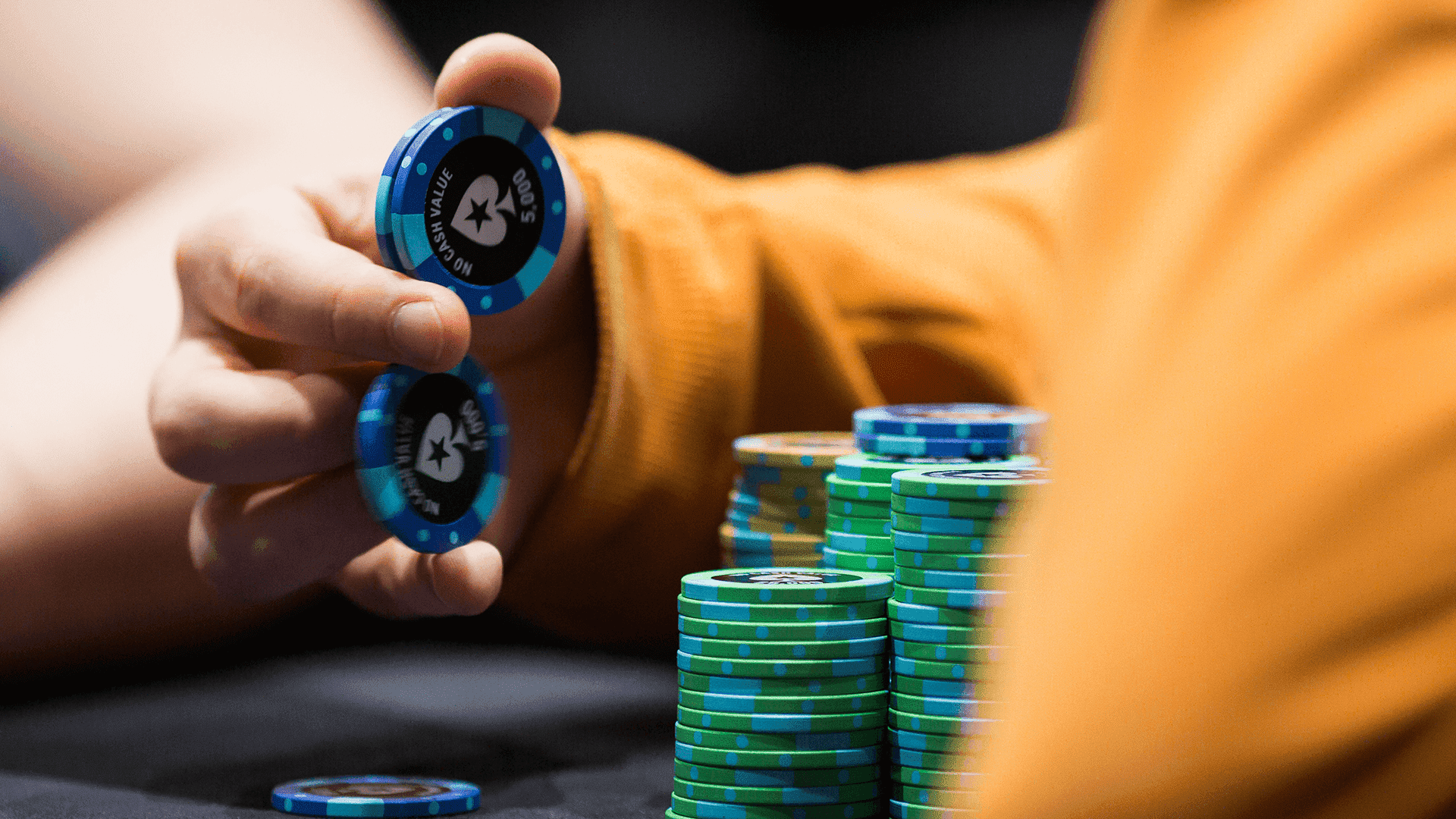
The Yeti Theorem: A 3-bet on a dry (preferably paired) flop is always a bluff.
For example, the flop is 9♦ 3♥ 3♠ . We check, and our opponent bets. We check-raise. They now re-raise us. The theory is if they held a 9, their hand is not strong enough to reraise, and if they held a 3, they would be more likely to call as a trap than raise us again.
This theorem is old and out of date, and as such is not very effective in today’s game, which has evolved and is much more aggressive than it was many years ago. More players today will 3-bet on the flop with their strong hands. They are much more likely to 3-bet dry flops with overpairs. Aggression is sometimes used to conceal hand strength at least as much as slow playing is. While this theorem may still have merit against some player types like ABC TAGs, it’s often not on point in today’s game.
The Clarkmeister Theorem: If you are heads up and first to act on the river, if the river card is the 4th card of a same suit you should bet.
The theory is, 4 cards of the same suit are very scary to anyone without a big flush card themselves. A strong bet will force players to fold hands without a flush, or perhaps even a small flush. This provides us with a reasonable bluffing opportunity.
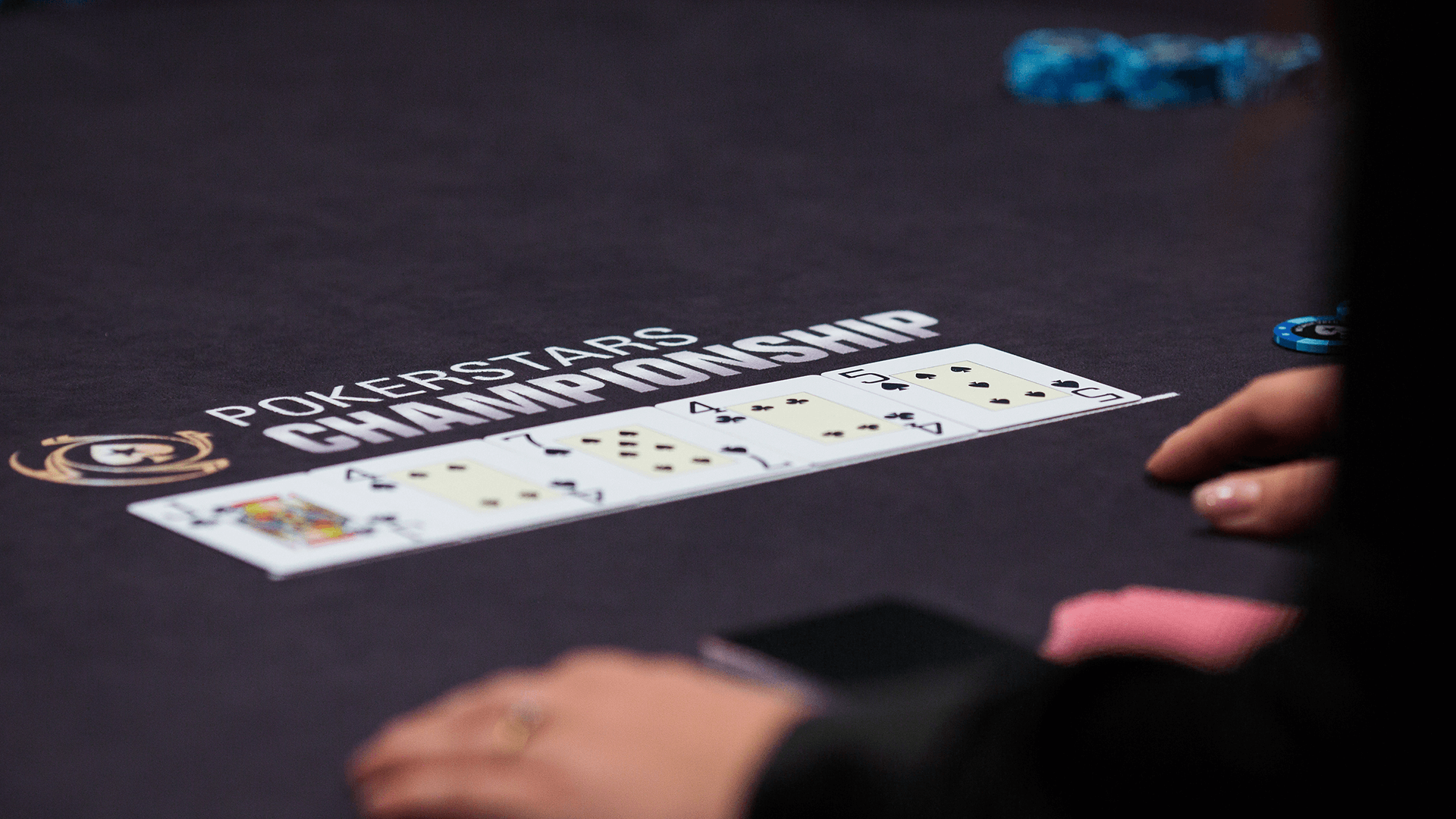
The Clarkmeister Theorem still works well against weaker players. It may not work well against today’s more experienced players who are also aware this is a strong bluffing opportunity, but it’s still confronting them with a difficult decision as you can value bet your big flushes solidly in the same spot against them. In the long run, while this theorem is certainly not iron clad, it should still be profitable even in today’s landscape.
Aejones Theorem: No one ever has anything.
This was put forward by aejones sort of tongue in cheek, and is not meant to be taken literally. That said, the ideas behind this theorem are useful though. There are a couple primary ideas here: Players do not always have as strong a hand as you think they do, and betting, raising, and general aggression is often enough to make your opponent fold. From a practical standpoint, this theorem isn’t meant to be followed literally. It suggests that betting and raising wildly should be the order of the day. Doing this however will leave you in a lot of bad spots ultimately. Despite that, if you take this one with a grain of salt and do not apply it in a literal sense, it serves as a nice reminder of the following truths: Our opponents do not always have the nuts, and playing aggressive poker as a general rule of thumb, is better than playing passive poker as your base strategy.
Baluga Theorem: If you are heads up and facing a raise on the turn, you should re-evaluate the strength of your one pair holdings.
The theory here is when an opponent raises on the turn, they can often beat one pair. If they held one pair themselves, they would frequently just call the turn. And if we call this turn raise, we are setting ourselves up to potentially be facing a much larger river bet that we may not be able to call profitably with one pair.
In practice, this theorem still holds a lot of water in today’s game. A turn raise shows significant strength, where 1 pair hands usually don’t warrant this. This theorem is still particularly reliable against weaker players, who will not be doing things like balancing their raising range, and will often be heavily weighted to value raises over semi-bluffs, opting to semibluff on the flop more often with draws when they do play them aggressively. Take note: This theorem is one of the most well known, and strong players will be aware of it and may try to use it to semi-bluff or even pure bluff on deeper stacks against good (but not great) players.

Zeebo’s Theorem: No one is capable of folding a full house on any betting round, regardless of the size of the bet.
The theory here is that a full house is a very strong and rare hand, therefore players will rarely fold one. This theorem is extremely practical and reliable. Even if a bet is large, it’s very difficult for a player to find a fold with a full house. Even when it’s a small full house, if there’s a chance the bettor is bluffing or value betting non-full houses, they will call.
This theorem has two tangible implications:
- If you think your opponent has a full house, and you can beat it, get as much money as possible into the pot. Don’t be afraid to overbet the pot even.
- Never try to bluff anyone you suspect holds a full house. That sounds so obvious it’s silly, but you’d be surprised. If you hold 2♥ 2♦ and the flop is A♠ A♦ A♣ , don’t expect the guy with 8♦ 8♠ to fold his hand. You can apply common sense exceptions of course. For instance, if the board is 8♦ 8♥ 7♥ 7♣ 3♠ and you have A♦ 8♣ , a huge bet may get someone to fold a 7. At the very least, their call is not automatic. When in doubt however, it’s a good bet that your opponents are putting their money in when they have a boat.
Some poker theorems may come and go as the game changes and evolves, while others stand the test of time. In any case, they provide us with a good opportunity to think about certain situations and perhaps expand our strategy to include them when appropriate. Familiarizing yourself with these pontifications about the game we love can serve to help grow your understanding as well as your bankroll.
View Other Blogs




